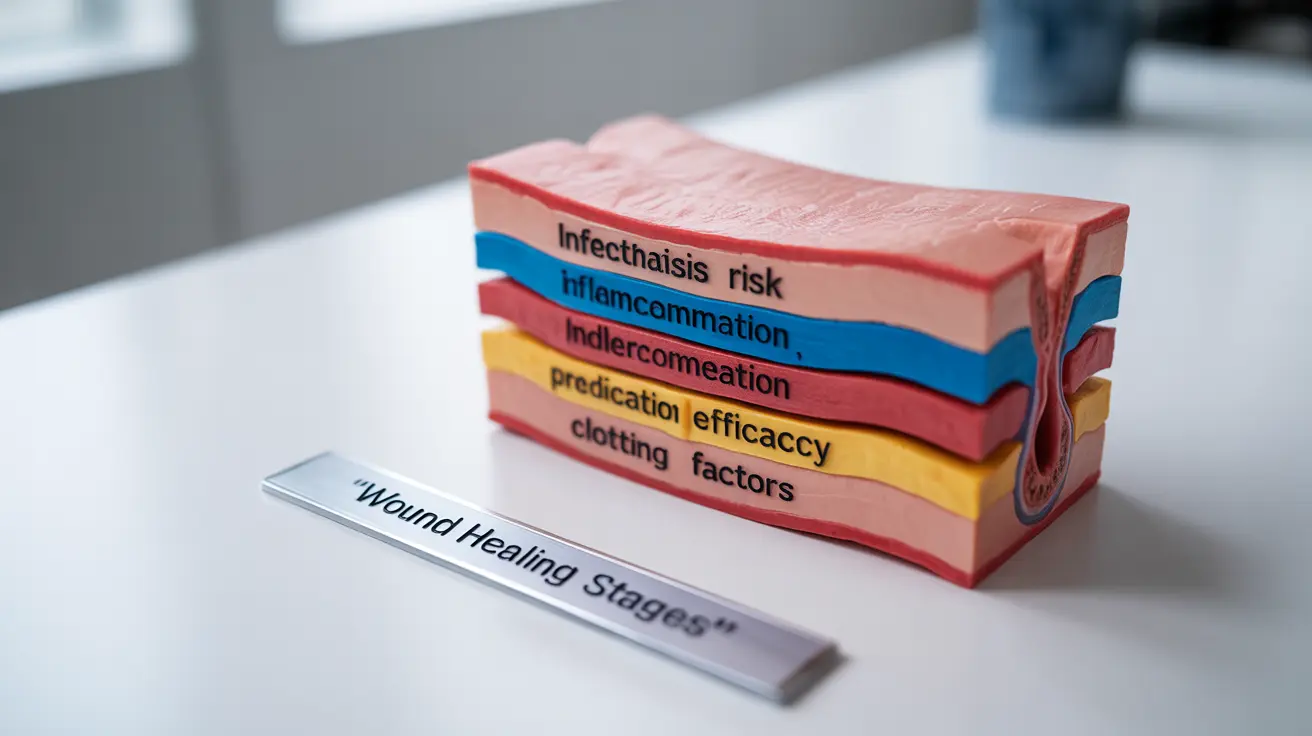A Bartholin cyst can cause significant discomfort and concern for many women. When these cysts become enlarged or infected, a surgical procedure called marsupialization may be recommended. This article explores the marsupialization procedure for Bartholin cysts, including what to expect, recovery details, and its effectiveness as a long-term treatment solution.
Understanding Bartholin Cysts and Marsupialization
Bartholin's glands are located on either side of the vaginal opening and produce fluid that helps with lubrication. When these glands become blocked, they can develop into cysts or abscesses. Marsupialization is a surgical procedure that creates a permanent opening to prevent fluid buildup and future cyst formation.
The Marsupialization Procedure Explained
During marsupialization, a gynecologist makes a small incision in the cyst and carefully stitches the edges of the incision to create a permanent small opening. This opening allows the gland to drain naturally, preventing future blockages and cyst formation. The procedure typically takes about 30 minutes and is usually performed under local anesthesia.
Preparation for the Procedure
- Undergo a physical examination and medical history review
- Discuss any current medications with their healthcare provider
- Follow fasting instructions if general anesthesia will be used
- Arrange for transportation home after the procedure
Recovery and Aftercare
Recovery from marsupialization typically takes several weeks. During this time, patients should:
- Keep the surgical area clean and dry
- Use prescribed pain medication as directed
- Avoid sexual activity for 4-6 weeks
- Attend follow-up appointments to ensure proper healing
Managing Post-Procedure Discomfort
Some discomfort is normal after the procedure. Patients can manage this by:
- Using sitz baths several times daily
- Applying ice packs to reduce swelling
- Wearing loose-fitting, comfortable clothing
- Taking over-the-counter pain relievers as recommended
Effectiveness and Long-term Outcomes
Marsupialization has a high success rate in preventing recurrence of Bartholin cysts. Studies show that approximately 85-90% of patients experience no further problems after the procedure. The permanent drainage pathway created during surgery helps maintain proper gland function and prevents future blockages.
Potential Risks and Complications
While generally safe, marsupialization can have some risks, including:
- Infection at the surgical site
- Bleeding or hematoma formation
- Scarring
- Temporary difficulty with urination
- In rare cases, recurrence of the cyst
Frequently Asked Questions
What is marsupialization of a Bartholin cyst and how does the procedure work?
Marsupialization is a surgical procedure that creates a permanent opening in a Bartholin cyst. The surgeon makes a small incision in the cyst and stitches the edges to create a permanent drainage pathway, preventing future fluid buildup and cyst formation.
When is marsupialization recommended for treating Bartholin's cysts compared to other treatments?
Marsupialization is typically recommended when simpler treatments like warm compresses or antibiotics haven't worked, when cysts are large or recurring, or when abscesses have formed. It's considered a more permanent solution compared to simple drainage or Word catheter placement.
What should I expect during recovery after marsupialization of a Bartholin cyst?
Recovery typically takes 2-4 weeks. Patients can expect mild discomfort, some discharge, and will need to avoid sexual activity for 4-6 weeks. Regular sitz baths and proper hygiene are essential during recovery.
What are the potential risks and complications associated with marsupialization of Bartholin cysts?
Common risks include infection, bleeding, scarring, and temporary discomfort. More serious but rare complications can include excessive bleeding, adverse reaction to anesthesia, or difficulty healing.
How effective is marsupialization in preventing recurrence of Bartholin cysts?
Marsupialization is highly effective, with success rates of 85-90% in preventing cyst recurrence. The permanent opening created during the procedure allows for continuous drainage, significantly reducing the likelihood of future cyst formation.




